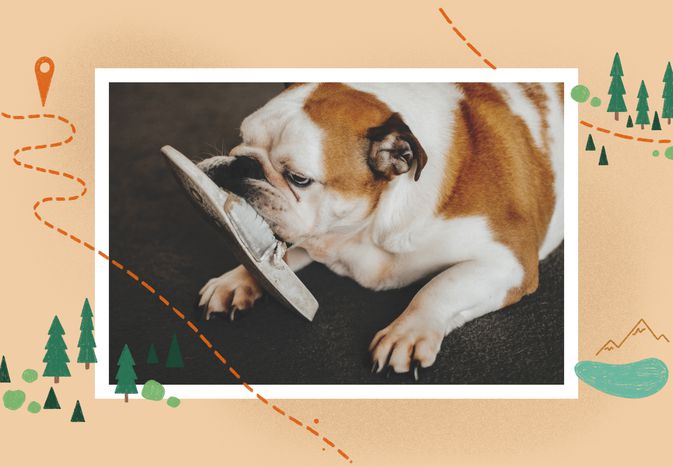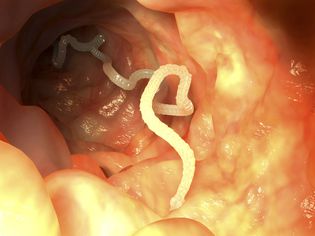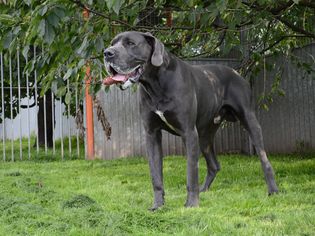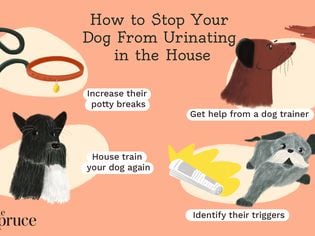Carbon monoxide is an odorless, colorless, tasteless gas. It’s a natural byproduct of fuel combustion present in car exhaust, improperly vented furnaces, water heaters, fireplaces, tobacco smoke, and more. And it can quickly sicken or kill people, as well as their pets.
Symptoms of Carbon Monoxide Poisoning
The most common symptom of a low level of carbon monoxide poisoning in otherwise healthy people and animals is fatigue. That should clear up once you start breathing fresh air.
Higher concentrations of carbon monoxide in the air can cause headaches, dizziness, weakness, confusion, flu-like symptoms with nausea and vomiting, and sudden death. Carbon monoxide also might trigger chest pains, especially for those who have heart issues. Plus, a distinctive sign common to both people and pets is bright, cherry-red gums in the mouth. The poison victim also might fall into a coma. And in some cases, when the victim is asleep during carbon monoxide exposure, they might not ever wake up.
We don't know for sure whether pets experience some of these symptoms when they're exposed to carbon monoxide. For instance, an animal can't tell us when they're having a headache. However, many animals do act confused, lethargic, and drunk in the same way human victims of carbon monoxide poisoning do. So if your normally high-energy puppy doesn’t want to play while inside your house but acts rejuvenated once it's outside for a while, that could indicate a potential carbon monoxide leak in your home.
How Carbon Monoxide Poisons Pets and People
Carbon monoxide is inhaled and absorbed through the lungs into the bloodstream. It binds with hemoglobin, the oxygen-transporting component of the blood. This prevents the hemoglobin from carrying oxygen as normal, which in turn affects all parts of the body, including the brain. The carbon monoxide essentially creates a kind of chemical suffocation in the body.
The body can only get rid of the poison by breathing it out or by replacing the affected blood cells with new ones. How long this takes will depend on the amount of carbon monoxide in the bloodstream. The half-life of carboxyhemoglobin (carbon monoxide + hemoglobin) in fresh air is about 4 hours and to flush the body completely could take several hours, time in which additional damage can occur. When only a small amount of the blood is affected, the victim often can recover more quickly and even without treatment as long as they don't inhale any more poison.
However, high levels of blood saturation can kill a person or pet unless they receive emergency treatment. A blood saturation level of 20-25% is considered severe and dangerous. But usually both people and pets should be treated when the blood saturation level is at 10% or higher.
Pets are typically smaller than people, so carbon monoxide poisoning tends to affect them more severely. Often pets, especially birds with their sensitive respiratory systems, will start showing signs of carbon monoxide poisoning before humans in the same space feel anything. In addition, smokers—along with pets that live with people who smoke in their homes—are generally more susceptible to carbon monoxide poisoning because they already have an elevated level of carbon monoxide in their bloodstream.
Treatment for Carbon Monoxide Poisoning
Victims of carbon monoxide poisoning are treated with high concentrations of oxygen. This increases the amount of gas that is breathed out, expelling as much poison as possible while making it easier for the body to circulate oxygen. Many hours of oxygen therapy and possibly ventilation might be required.
To protect yourself and your pets from carbon monoxide poisoning, install carbon monoxide detectors throughout your home, including in your garage, and regularly test their function. Have your furnace, water heater, and anything else that runs on gas, oil, or coal inspected by a qualified professional each year. Also, make sure no debris is ever blocking vents or flues. And never run your vehicle or anything else that is powered by gasoline in an enclosed space.
Finally, if you notice any symptoms in yourself or your pet that you think might be related to carbon monoxide, get to fresh air immediately and seek emergency care.







